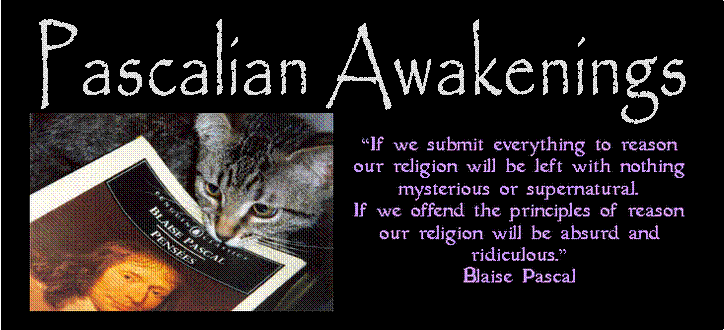First, I must apologize to Robin at Zondervan and Scot McKnight for the lateness of this review. Second, I must thank them for the opportunity to read and review this delightful work.
The Blue Parakeet by Scot McKnight contains 236 pages including the back matter, and this book is published by Zondervan, Grand Rapids, Michigan, 2008.
In The Blue Parakeet, McKnight seeks to offer a way of reading Scripture that remains faithful to the story of the text. In chapter one he shows how people tend to pick and choose which portions of Scripture are accepted and practiced. In chapter two, he discusses three ways of reading the Bible: 1) Reading to retrieve biblical ideas and practices for today, 2) reading through tradition, and 3) reading with tradition.
Chapter three reveals shortcuts taken in reading Scripture. In chapter four McKnight focuses on story and introduces the term Wiki-Story with the intention of focusing on one element: “the ongoing reworking of the biblical Story by new authors so they can speak the old story in new ways for their day.”
Chapter five discusses the plot of Wiki-stories and shows the story has a plot, characters, and many authors who together tell the story. He states that, “The unity of the Boble is this Story. It is this Story that puts the Bible together.” Reading the Bible through a relational approach is discussed in chapter six. McKnight states, “God gave the Bible not so we can know it but so we can know and love God through it.”
Chapter seven discusses listening to the Bible, and includes listening as love of God and others. “The Boring Chapter,” chapter eight, discusses missional listening. The missional focus of the story of the Bible gives us facts “so that we will move those facts into relationship, character, and action.” (And yes, “The Boring Chapter” is actually the name of the chapter.)
Chapters eight and nine comprise the section of the book on discernment. Chapter nine is a provocative chapter designed to get people to think about how they are actually reading the Bible. What one must discover is what principles are used to adopt and adapt the Bible. Chapter ten discusses the pattern of discernment, which McKnight states, "as we read the Bible and locate each item in its place in the Story, as we listen to God speak to us in our world through God’s ancient word, we discern—through God’s Spirit and in the context of our community of faith—a pattern of how to live in our world."
The final section of the book, which includes chapters eleven through fifteen, discusses women and ministry in the church. In this section McKnight explores WDWD (What Did Women Do?) in the Old and New Testaments. In his chapter on women in the Old Testament McKnight offers this nugget: “Deborah was, to use modern analogies, the president, the pope, and Rambo all bundled up in one female body!”
McKnight wraps up the book proper by discussing “Now What?” He states the major elements of the Story as being
1. God and creation
2. Adam and Eve as Eikons who crack the Eikon
3. God’s covenant community, where humans are restored to God, self, others, ad the world
4. Jesus Christ, who is the Story and in whose story we are to live
5. The church as Jesus’ covenant community
6. The consummation, when all the designs of our Creator God will finally be realized forever and ever.
McKnight states that “our task in reading the Bible is to ‘map’ the elements of the Story in each wiki-story. If we keep our eyes on the six elements of the Story as outlined above, we will have all we need for reading the Bible. These six elements govern the story of the Bible and each book focuses on one or more of these elements.”
The Blue Parakeet offers an excellent lay level introduction for reading Scripture, and serves as a balance for those reading academic exegetical works. I highly recommend it for church classes and small groups interested in discussing the reading of Scripture.
skip to main |
skip to sidebar

About Me

- Pascalian Awakenings
- I am OCD about my cat. She is OCD about my being OCD about her. I am an INTJ.


No comments:
Post a Comment